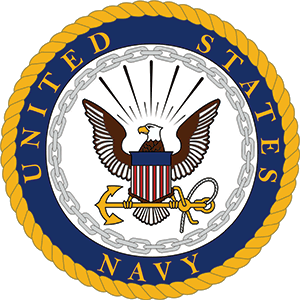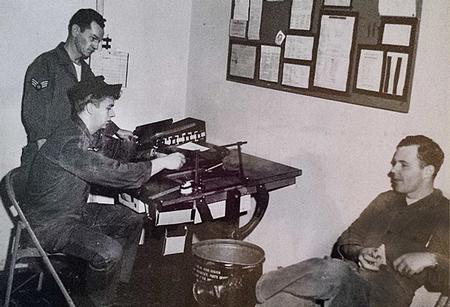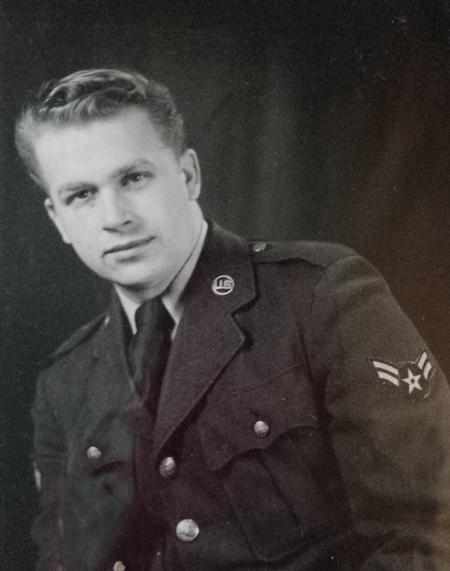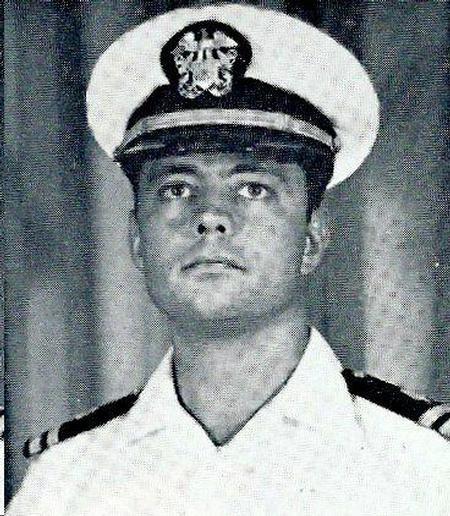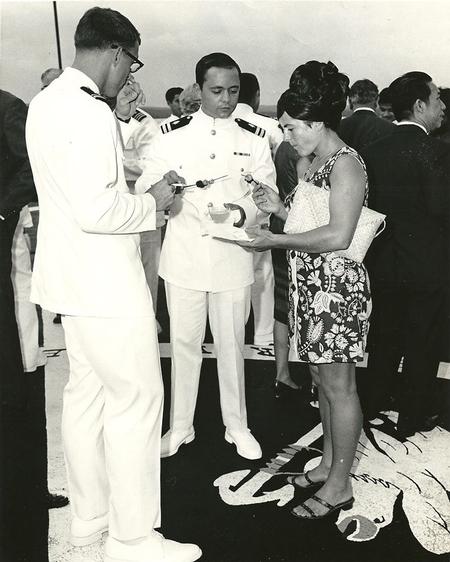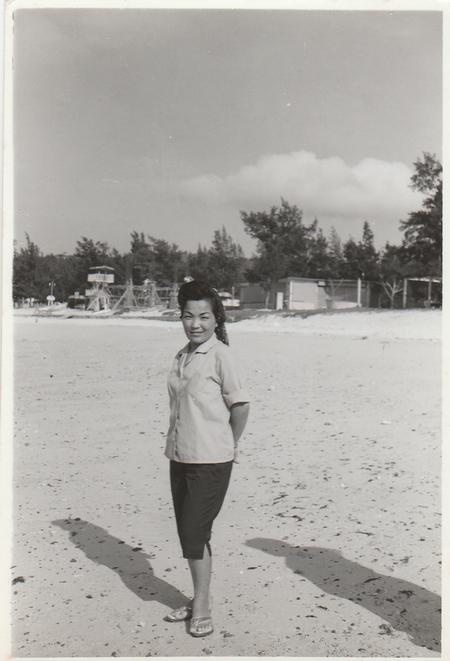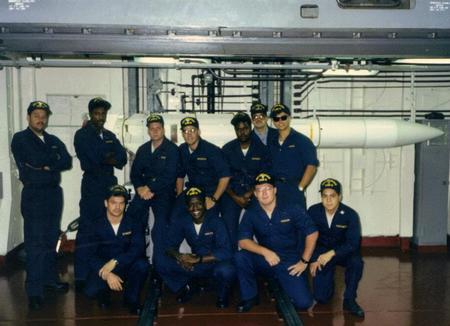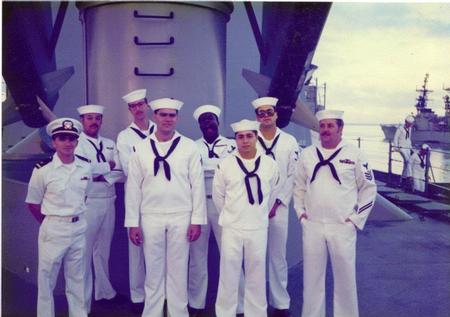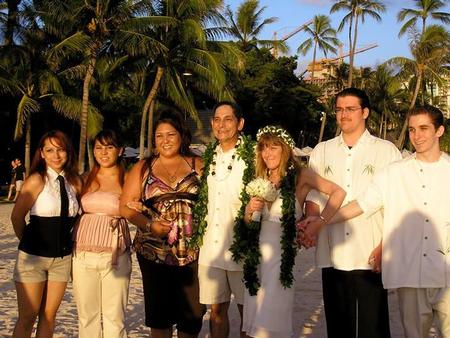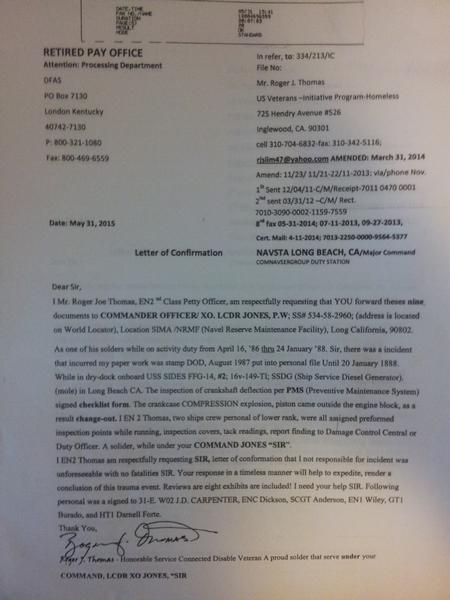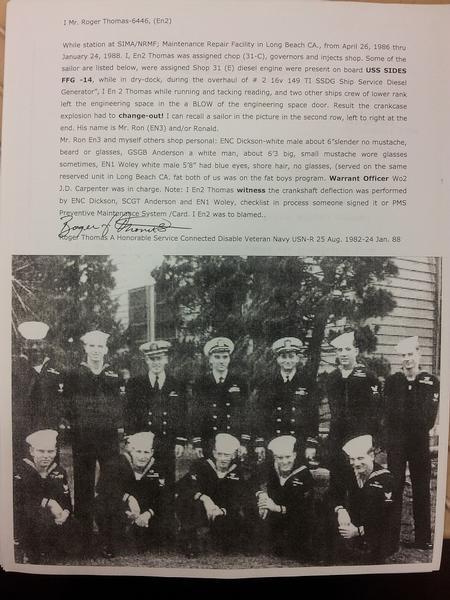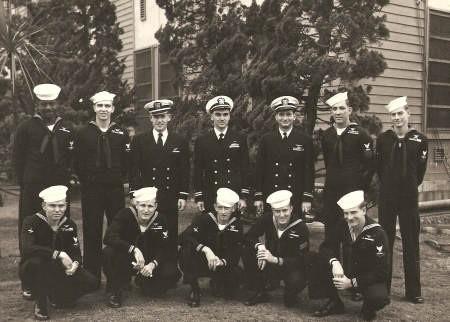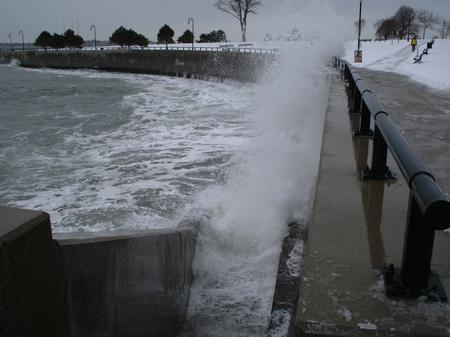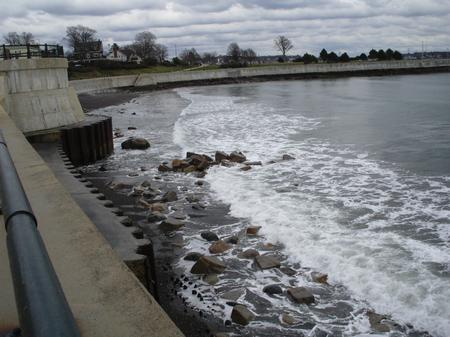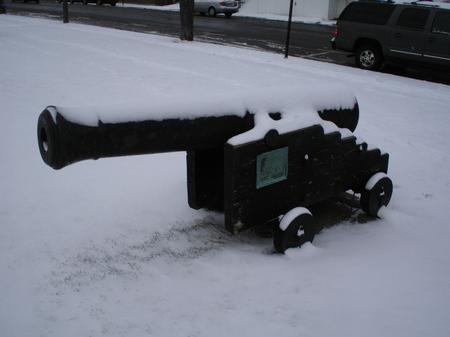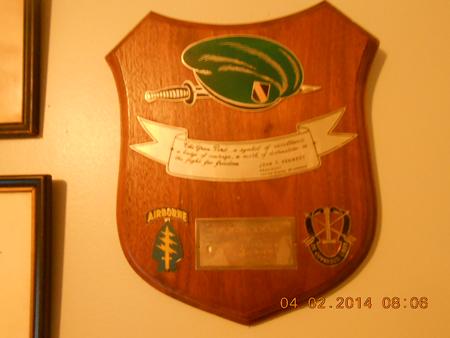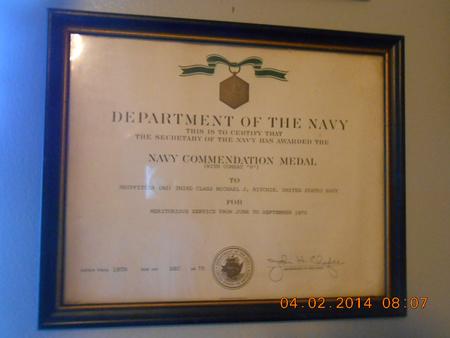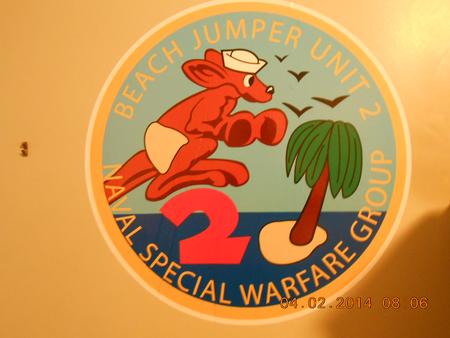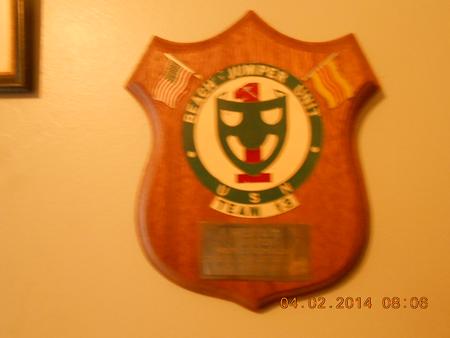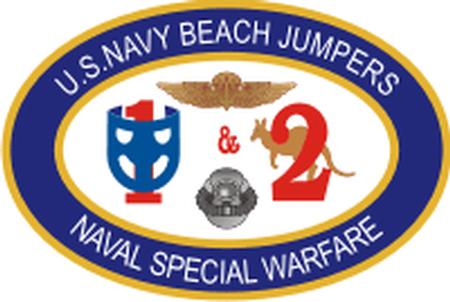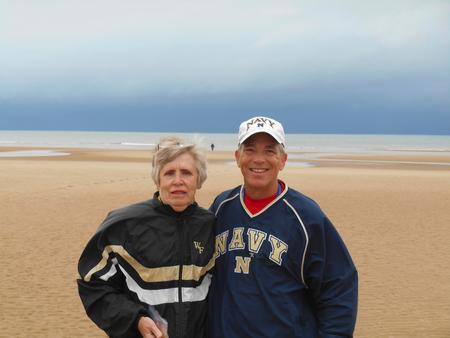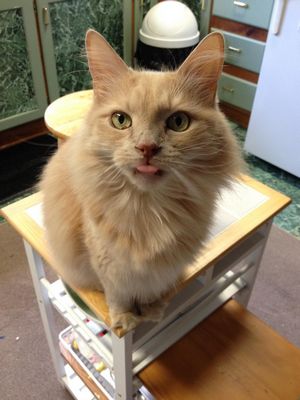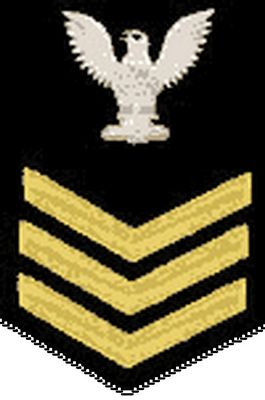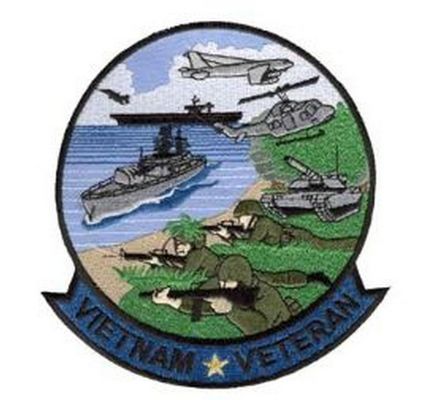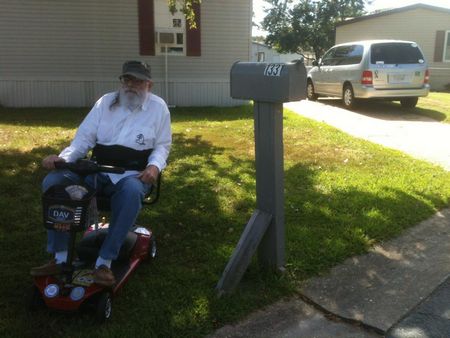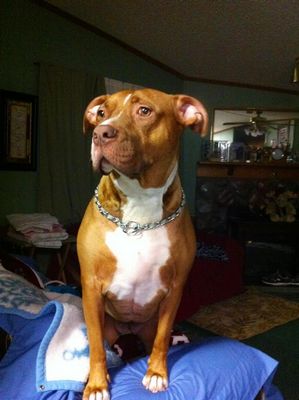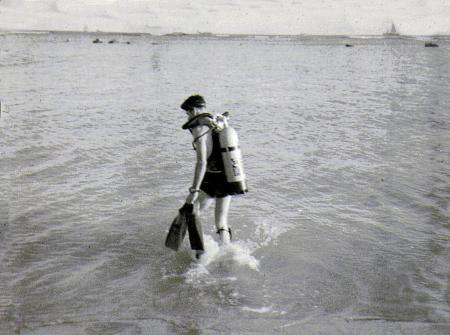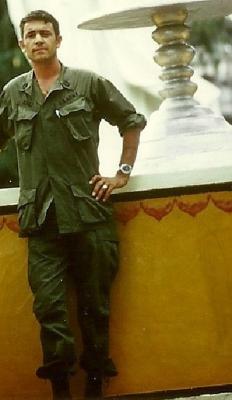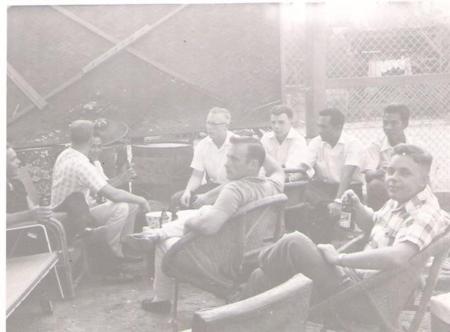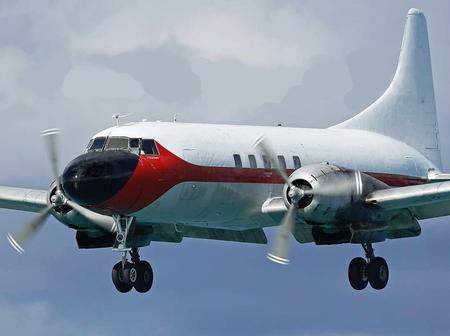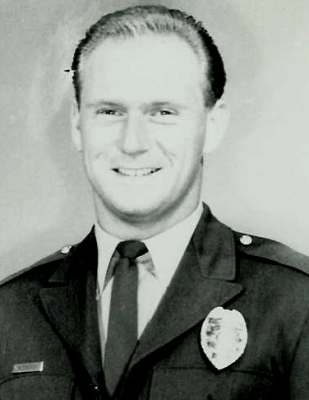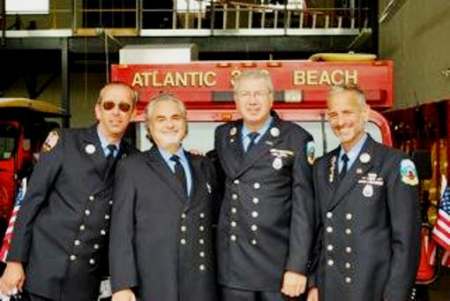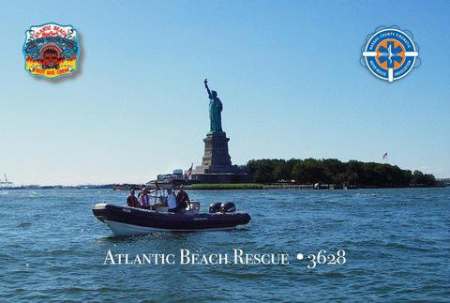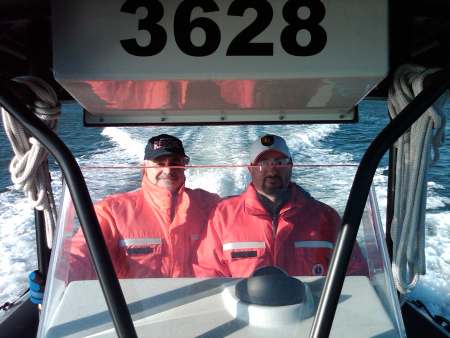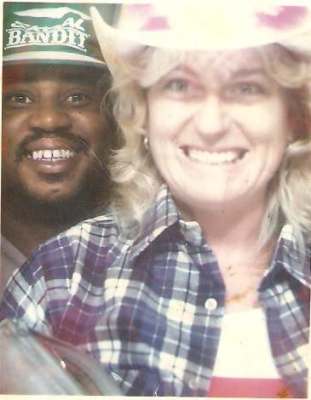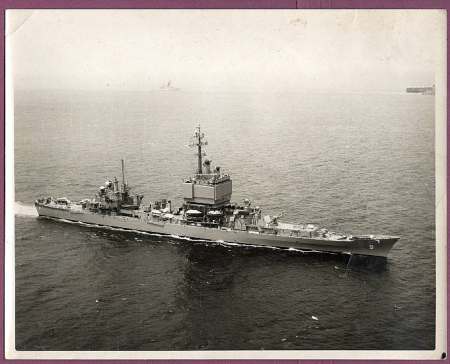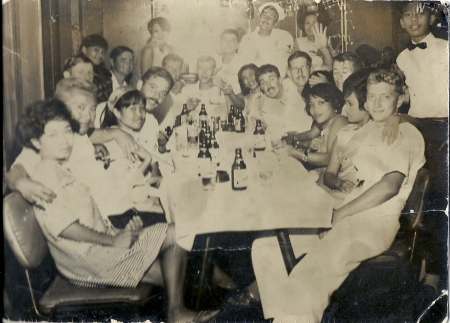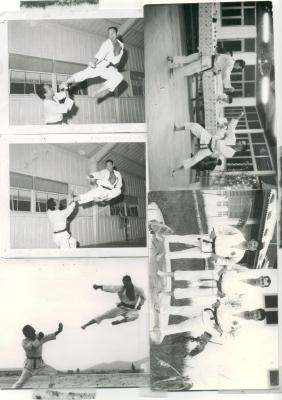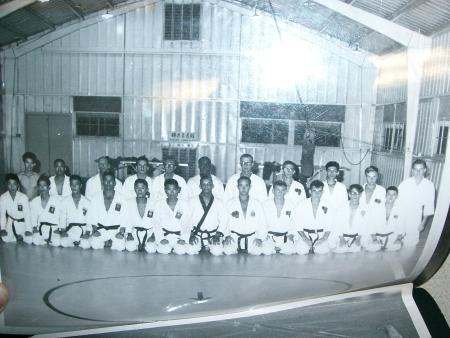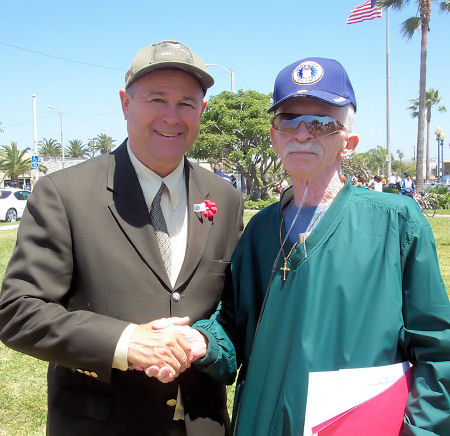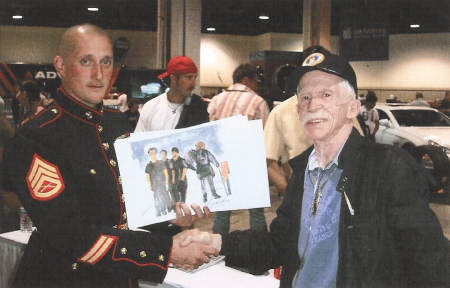ABOUT Beach Jumper Unit 2
- Origins in Deception: Beach Jumper Unit 2 (BJU-2) was part of a unique U.S. Navy initiative during World War II, specializing in tactical deception. Their mission was to simulate large amphibious landings, confusing enemy forces about the actual location and strength of Allied attacks.
- Conceived by Douglas Fairbanks Jr.: The creation of the Beach Jumper Units is credited to Lieutenant Douglas Fairbanks Jr., a Hollywood actor who became an innovative naval officer. He modeled the units on British deception operations he observed while serving in the UK.
- Operation Husky: BJU-2 played a vital role during the Allied invasion of Sicily (Operation Husky) in July 1943 by conducting diversionary operations that misled Axis defenders about the true landing sites.
- Use of Sonic Deception: The unit used powerful loudspeakers mounted on small boats to broadcast pre-recorded battle sounds, such as landing craft engines and gunfire, to simulate large amphibious assaults.
- Radar Jamming and Chaff: Beach Jumpers employed electronic countermeasures, including radar jamming and the deployment of "window" (chaff), to create false radar images and further confuse enemy forces.
- Small but Influential: Despite their small size—often fewer than 200 men—Beach Jumper Units had a disproportionate psychological impact on enemy decision-making during several key Mediterranean operations.
- Secrecy and Nickname: The name "Beach Jumper" was deliberately chosen to be nondescript and maintain the secrecy of their mission, with the official designation being "Special Service Unit."
- Innovative Equipment: BJU-2 developed and used inflatable dummy boats, smoke generators, and even fake radio traffic, creating the illusion of much larger invasion forces.
- Legacy in Modern Warfare: The tactics pioneered by the Beach Jumper Units influenced later U.S. Navy deception and psychological operations, and their lineage is carried on by today’s Information Warfare and Special Warfare communities.
- Postwar Disbandment and Revival: After WWII, the original Beach Jumper Units were disbanded, but the concept was revived during the Cold War and Vietnam, adapting their deceptive techniques to new technological advances and operational requirements.

